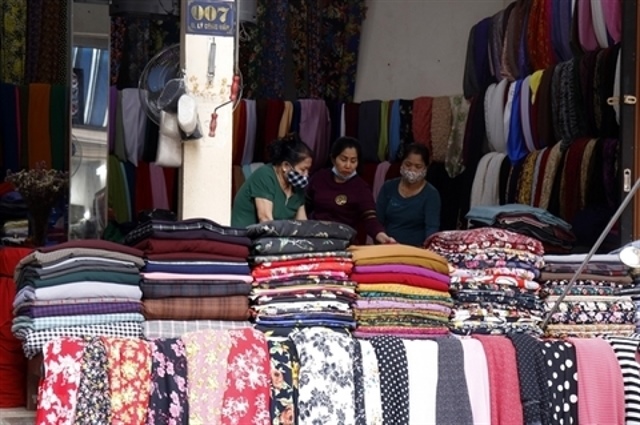Inspectors: banks’ profits not as fat as reported
Inspectors: banks’ profits not as fat as reported
A lot of commercial banks reported the huge profits for the 2011 fiscal year. However, the State Bank’s inspectors have affirmed that the banks’ profit was not as big as reported.
Local newspapers have reported that while production and service enterprises have been fluttering, the 71 commercial banks have been living well.
The net profits from the business activities of the banks, not including the money provisioned against the risks, in 2011 reached 97 trillion dong, a sharp increase of 45 percent over 2010. After provisioning, the profit increased by approximately 30 percent.
However, in the report released on June 20, the State Bank’s Inspection Unit affirmed that only a few banks could make such fat profits in 2011, and that the banks’ average profit was not as high as people think.
Also according to the unit, the post-tax profit of the whole banking system in 2011 was 15.1 percent higher than that in 2010. The profit growth rate was lower than that of the previous years, while the stockholder equity growth rate was 22.85 percent and the assets growth rate was 18.55 percent.
Especially, 50 percent of the credit institutions saw the profit down in comparison with 2010. Ten percent of commercial banks reportedly performed badly, thus leading to losses.
In 2011, the ROA index (return on assets) and ROE (return on equity) of credit institutions, the two most important indexes which can show the health of banks, were 1.09 percent and 11.86 percent, respectively. Meanwhile, the figures were 1.29 percent and 14.56 percent, respectively, in 2010.
If comparing with the other 10 sectors of the national economy, one would see that the banking sector’s ROE is at the medium class (ranks 6/10), while the ROA at the deepest low.
Meanwhile, the ROE of the banks in South East Asia is some 14-15 percent, while 17 percent is the average level in the world.
Some kinds of expenses skipped?
The State Bank’s inspectors have emphad that the profit reported by commercial banks by December 31, 2012, does not truly reflect the real business performance of commercial banks, because a lot of expense items had not been counted on.
Under the current regulations, the debt classification and provisioning against risks are the works carried out quarterly. In order to calculate profit of the fourth quarter, banks had to use the figures updated by December 15. This means that the banks’ reports did not show the actual provisioned money amount for the whole year.
Meanwhile, observers believe that banks have to make big provisions against risks in the context of the increasing bad debts. The State Bank’s inspectors have confirmed that the bad debt of credit institutions unceasingly increased, especially in late 2011 and early 2012.
In fact, the margin between the income and the accumulated costs by April 30, 2012, of the whole banking system was 50 percent lower than that of the same period of the previous year. Especially, in April, this was a negative number.
Analysts have agreed with the inspectors that the banks’ finance reports did not count on all kinds of expenses. The debt classification and provisioning were only made on bank loans. Meanwhile, they did not consider the risks in their investments, such as the investment in bonds and other securities.
vietnamnet























